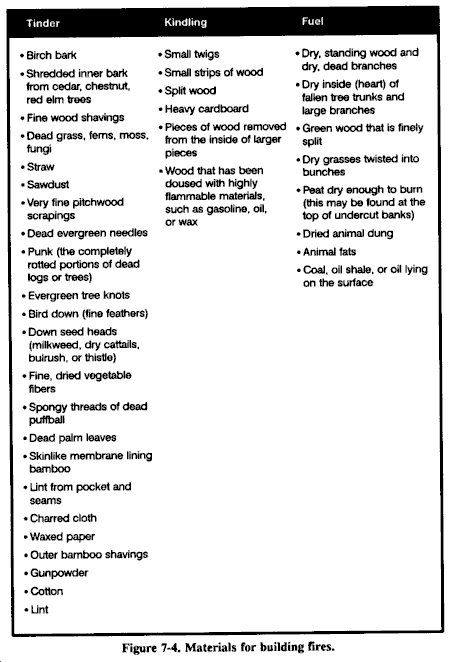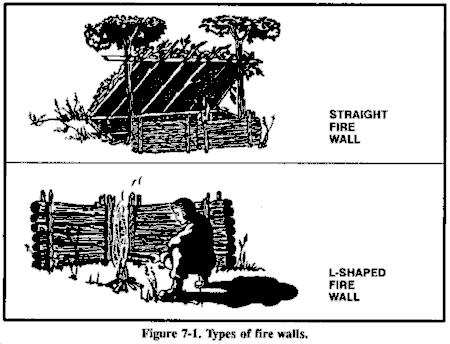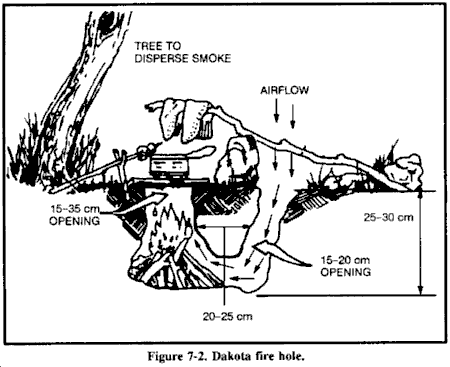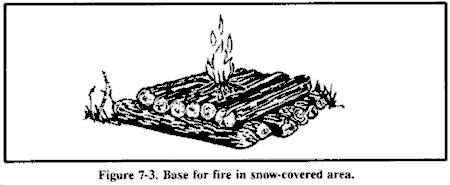How To Build A Fire In Any Location
Survive The Outdoors 06.02.11
Fires are essential for warmth, cooking, and can help to establish a highly visible sign-of-life in emergency survival situations. This guide will help you determine how and where to build fires in several different situations.
You will have to decide what site and arrangement to use. Before building a fire consider–
The area (terrain and climate) in which you are operating.
The materials and tools available.
Time: how much time you have?
Need: why you need a fire?
Security: how close is the enemy?
Look for a dry spot that–
Is protected from the wind.
Is suitably placed in relation to your shelter (if any).
Will concentrate the heat in the direction you desire.
Has a supply of wood or other fuel available. (See Figure 7-4 for types of material you can use.)
If you are in a wooded or brush-covered area, clear the brush and scrape the surface soil from the spot you have selected. Clear a circle at least 1 meter in diameter so there is little chance of the fire spreading.
If time allows, construct a fire wall using logs or rocks. This wall will help to reflector direct the heat where you want it (Figure 7-1). It will also reduce flying sparks and cut down on the amount of wind blowing into the fire. However, you will need enough wind to keep the fire burning.
CAUTION
Do not use wet or porous rocks as they may explode when heated.
In some situations, you may find that an underground fireplace will best meet your needs. It conceals the fire and serves well for cooking food. To make an underground fireplace or Dakota fire hole (Figure 7-2)–
Dig a hole in the ground.
On the upwind side of this hole, poke or dig a large connecting hole for ventilation.
Build your fire in the hole as illustrated.
If you are in a snow-covered area, use green logs to make a dry base for your fire (Figure 7-3). Trees with wrist-sized trunks are easily broken in extreme cold. Cut or break several green logs and lay them side by side on top of the snow. Add one or two more layers. Lay the top layer of logs opposite those below it.





